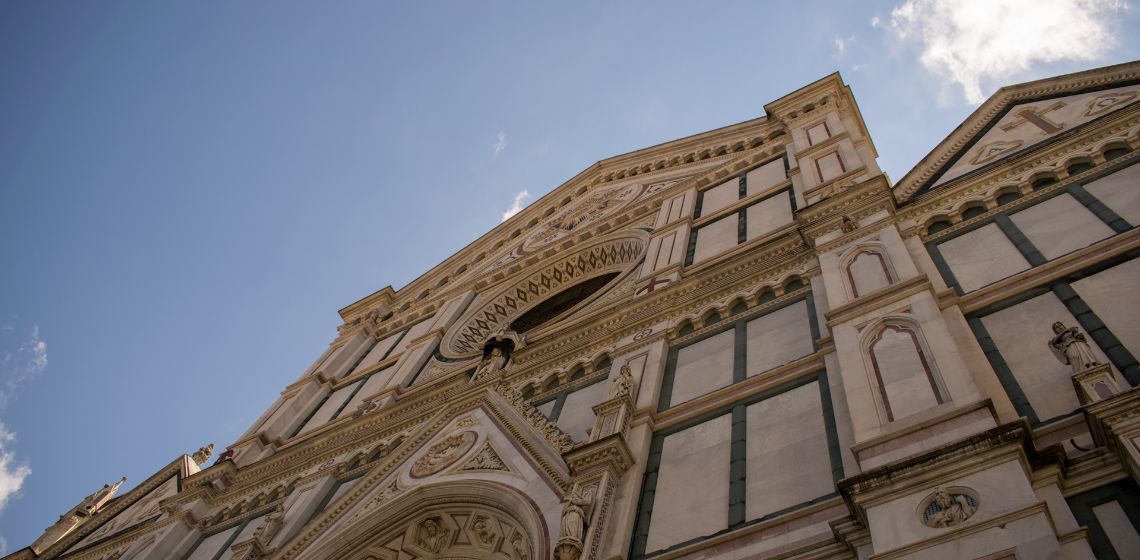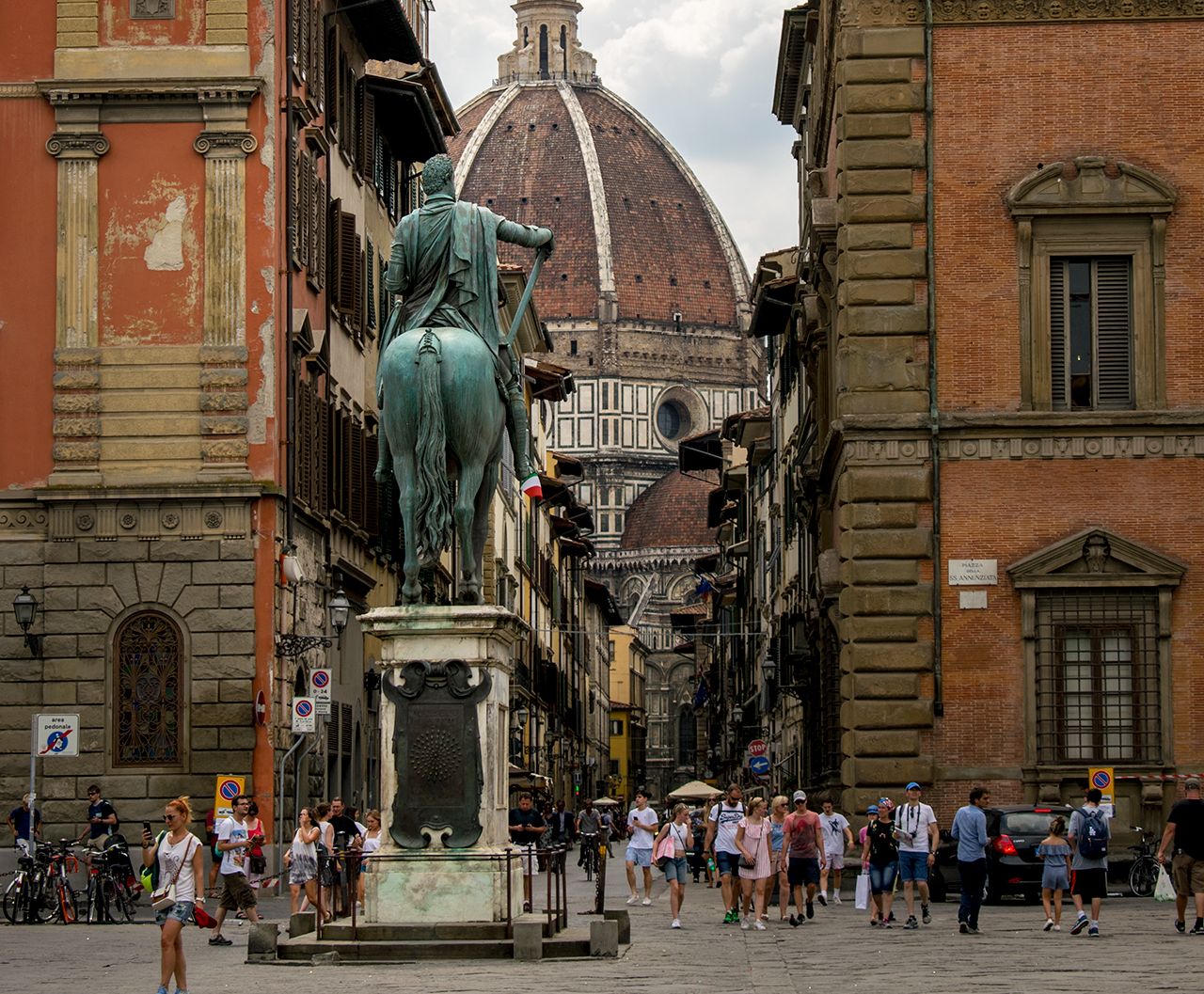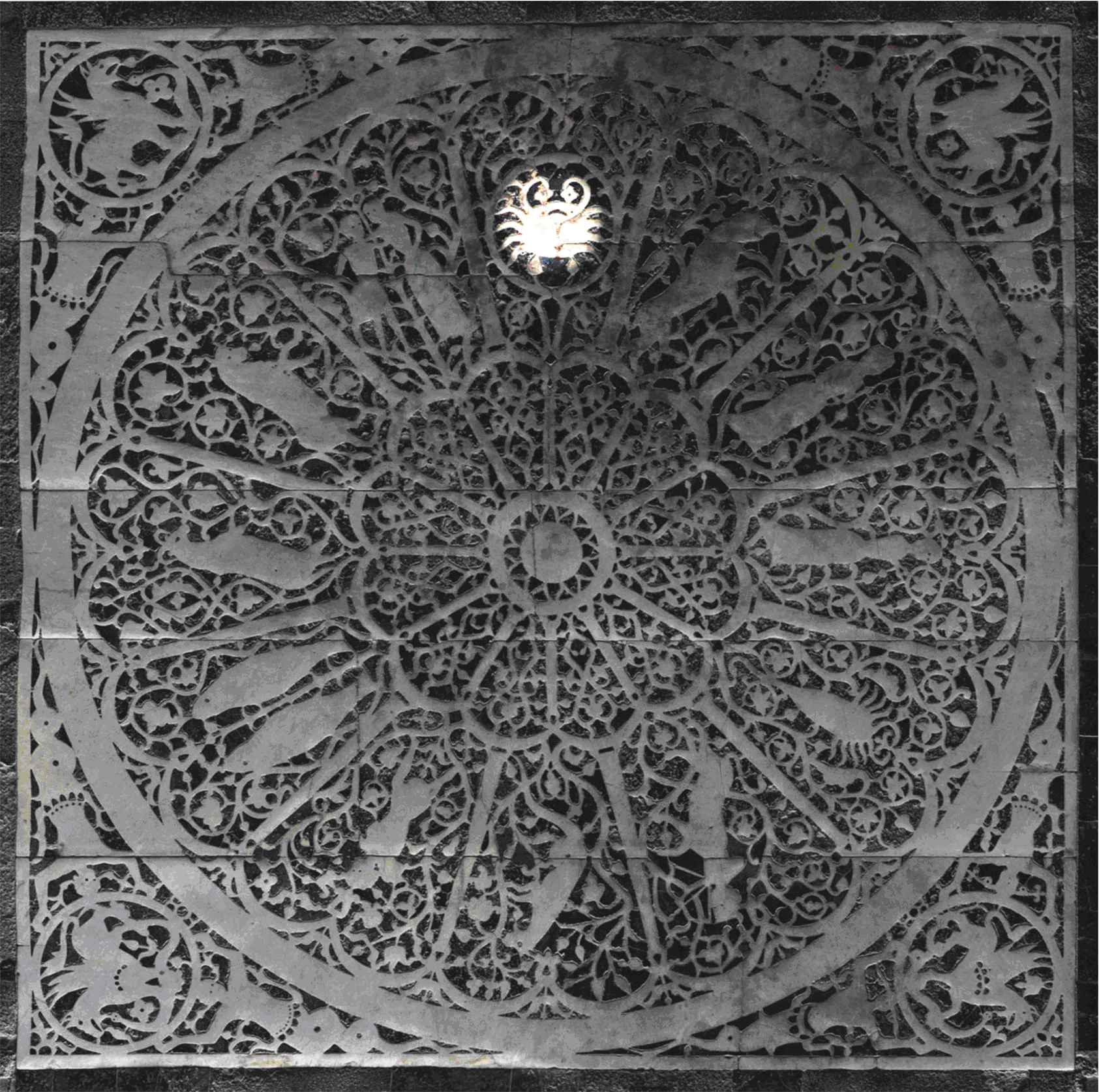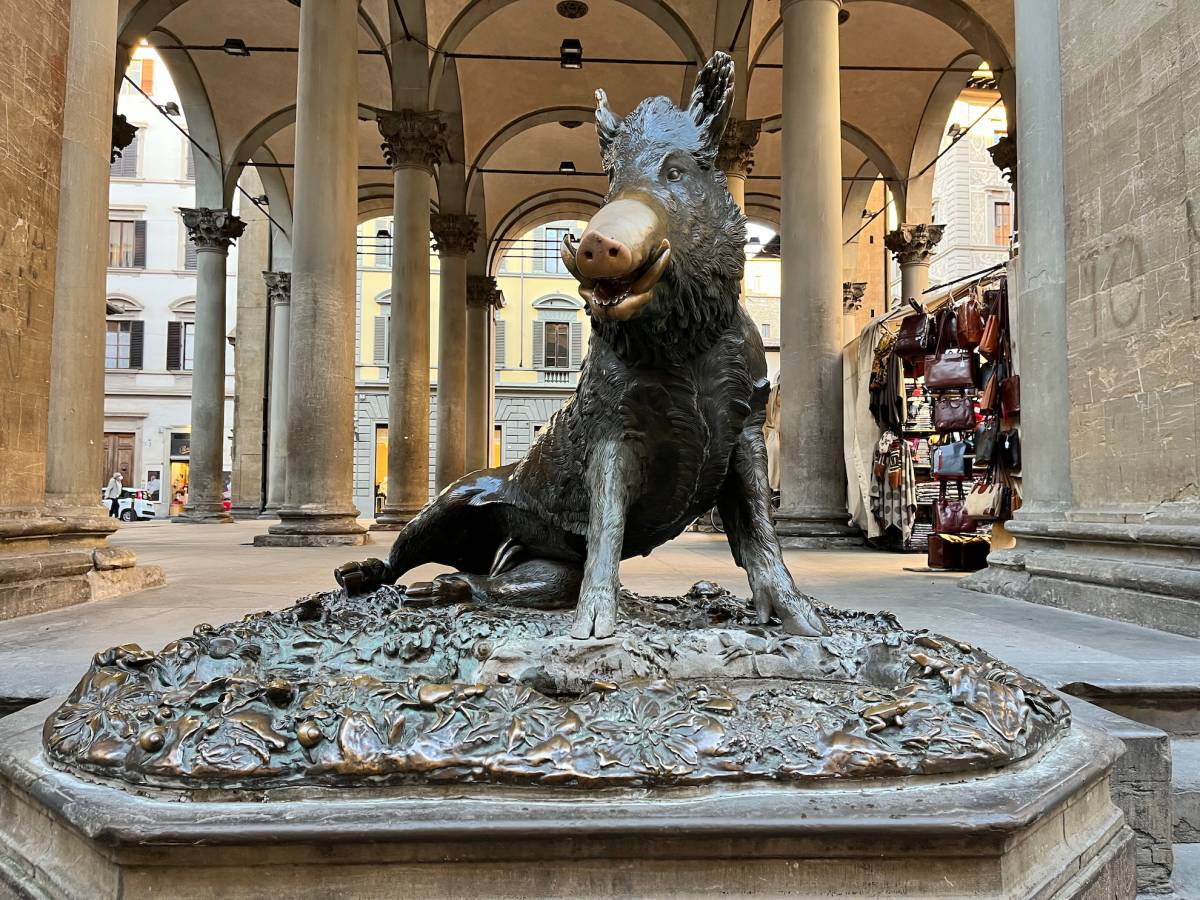
5 legends to discover on the streets of Florence
Mysteries, secrets and stories handed down: the legends of Florence.
Each city has its streets and legends that trickle down through the generations, passing from corner to corner and guide to guide, intensifying, growing, and endlessly delighting both the young and the not so young. Let's discover 5 legends of Florence that you can delve into while walking around the city.
Palazzo Budini Gattai
Let’s have a look at Palazzo Budini Gattai, formerly Palazzo Grifoni, in Piazza Santissima Annunziata in Florence. You can easily recognize it as it’s the only one made with terracotta bricks, located facing towards the cathedral, on the right. In Florence, we call the open door of shutters on a building gelosia. Here, there’s one that’s always kept open. Legend has it that this nomenclature came about due to a young woman from Palazzo Grifoni who was consumed by her love, waiting for her husband who left for war and never returned. A window is always left half open in the hopes that one day she’ll see him again.
Another legend is linked to the statue of Ferdinando I de 'Medici, located in the middle of the square. He was married to Christina of Lorraine, however he was famous for being a great lover and for having had many affairs with women from well-respected families. It seems that one of his beloved ones lived inside the palace at the end of the 16th century. For this reason, Giambologna didn’t represent him looking straight ahead towards the Duomo, but rather towards the right as if he were jealously checking the window with the shutter open, keeping an eye on his girl.

Bees that can’t be counted
Keeping on the subject of Giambologna’s statue of Ferdinando in Piazza Santissima Annunziata, you can have fun with a challenge that thrills Florentines. It’s said that it’s impossible to count the number of bees present on the equestrian monument without pointing or touching them…can you do it?
The Zodiac of San Miniato
A centuries-old and globally renowned marble zodiac lies in the floor of the nave of the basilica of San Miniato al Monte. Carried out in 1207 based on the model of the almost identical one in the Baptistery of San Giovanni, the zodiac of San Miniato had always been considered as solely an ornamental and symbolic feature, however, its astronomical function has recently been rediscovered after almost 800 years.
Around about solar noon on June 21, you can witness a spectacular show: a ray of sunshine illuminates the sign of Cancer, announcing the summer solstice. The astronomical event once coincided with the feast of the patron saint of Florence, San Giovanni Battista. Thanks to this very recent discovery, it can be considered the oldest monumental solstice sundial that’s still functioning in Europe.

The portrait of Michelangelo
You may already be aware of this legend, it’s one of the great Florentine classics! We are talking about the portrait engraved on the facade of Palazzo Vecchio. Just before the corner with Via della Ninna on the right side of the entrance to the Palace, look carefully at the stones below, behind the statue, and you can see an incision that forms the profile of a face.
Legend has it that this is nothing less than a self-portrait by Michelangelo Buonarroti, engraved with his hands behind his back. Another famous version of the tale tells that the profile is of a man who bothered Michelangelo with an endless stream of questions and requests on a daily basis, until the exhausted artist decided to imprint him in stone.
The lucky Porcellino
We finish off with Florence’s most popular legend, that of the Porcellino. Those who pass through Florence know that if they want a little luck, they must pass by the porcellino fountain in Piazza del Mercato Nuovo. The bronze pig actually represents a boar wounded during a hunt and the original marble version can be found in the Uffizi.
Rub his nose and place a coin in his mouth: if it falls beyond the grate where the water passes, luck will be yours.

Photo credits Zodiac of San Miniato: https://www.museogalileo.it/
Photo credits Porcellino: https://www.ilgiornale.it/






 All the services are provided by local merchants
All the services are provided by local merchants By using this site you support Florence
By using this site you support Florence We offer products with high-quality standards
We offer products with high-quality standards You stay sustainable
You stay sustainable It's a 100% trustworthy website
It's a 100% trustworthy website